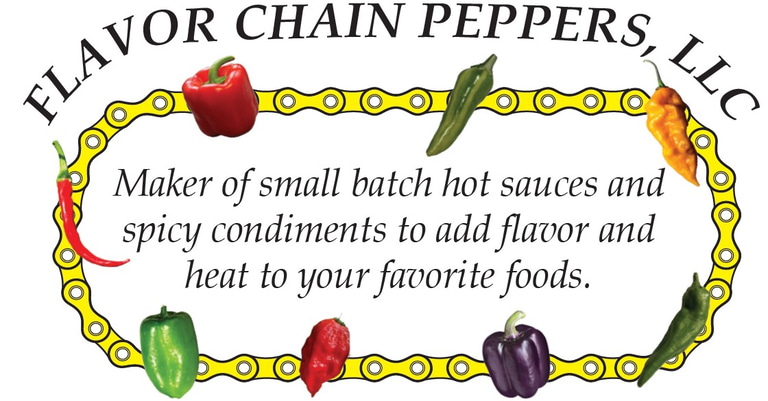A Few Words About Spicy Peppers,
William Scoville, and the Scoville Rating System
Capsaicin and other capsaicinoids are chemicals in plants and their fruits that give hot peppers their pungency. These chemicals evolved in plants to help ward off pests and insure propagation. Human culinary curiosity being what it is, our ancestors discovered spices and developed a taste for spicy foods for good reasons; seasoned foods not only taste better, our ancestors also learned that salt, acids (such as vinegar), and various peppers aid food preservation.
In 1912 an American pharmacist, William Scoville, developed a method to determine the heat level of the different hot peppers. The Scoville organoleptic test*, as he called it, involves making a preparation of a particular pepper, dried, weighed exactly, dissolved in alcohol, and weighed again. This solution is diluted with an equal weight of sugar water, and tasted by a panel of five expert tasters. The solution is then diluted with the same weight of sugar water, and tasted. The process continues until at least three of the judges can no longer sense heat in the solution. The result is given in Scoville Heat Units (SHU). The drawbacks to this system are obvious, the biggest one being "taste fatigue" after repeated tastings, and results can vary by 50% or more.
A newer, much more precise method, high-performance liquid chromatography (HPLC), can be used to analytically quantify the capsaicinoid level in a solution, and the results can be converted to Scoville Heat Units. It's a rather expensive test for small makers like us, and certainly lacks the fun factor.
All of this is to say that the SHU rating of any pepper will only get you so far. How many peppers, of which varieties, are in a recipe? What are the other ingredients, and how do they enhance or temper heat in a sauce or condiment? The only way to know is to try some out and see which ones appeal to you. Different sauces will go better, in your mouth, with different foods. While we can, and do, provide ideas and make suggestions, really the best thing to do is to try a few of these offerings and find out, in your own kitchen, and at your own table, what flavors you like best.
The pepper heat scale on the right gives you the SHUs of the varieties growing in our garden this year.
*Organoleptic properties are the aspects of food, water or other substances that create an individual experience via the senses—including taste, sight, smell, and touch. Wikipedia
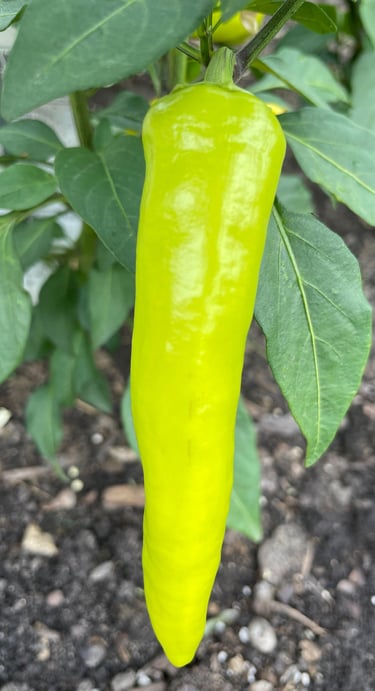

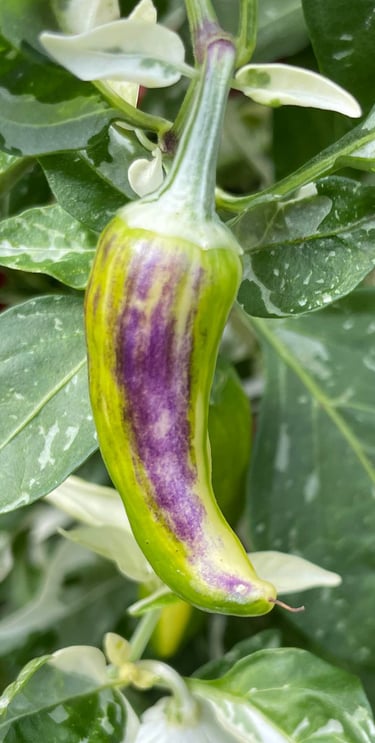

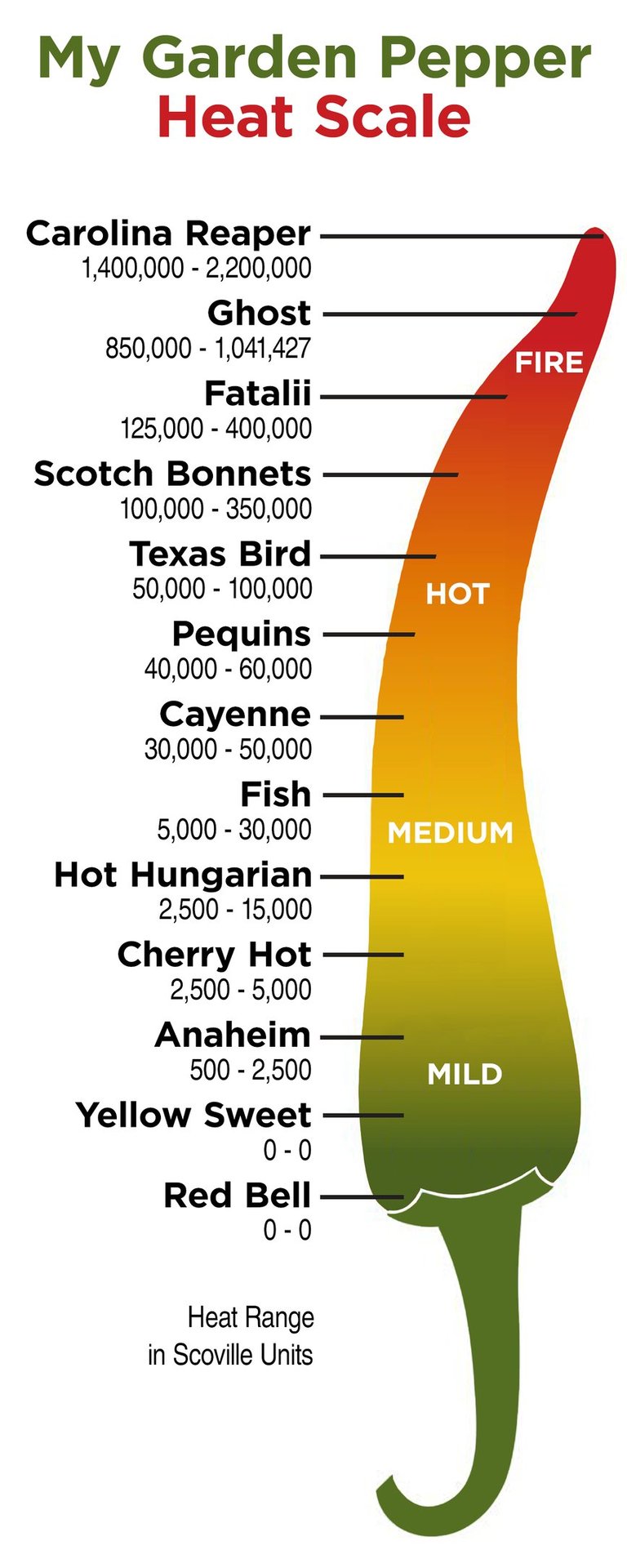

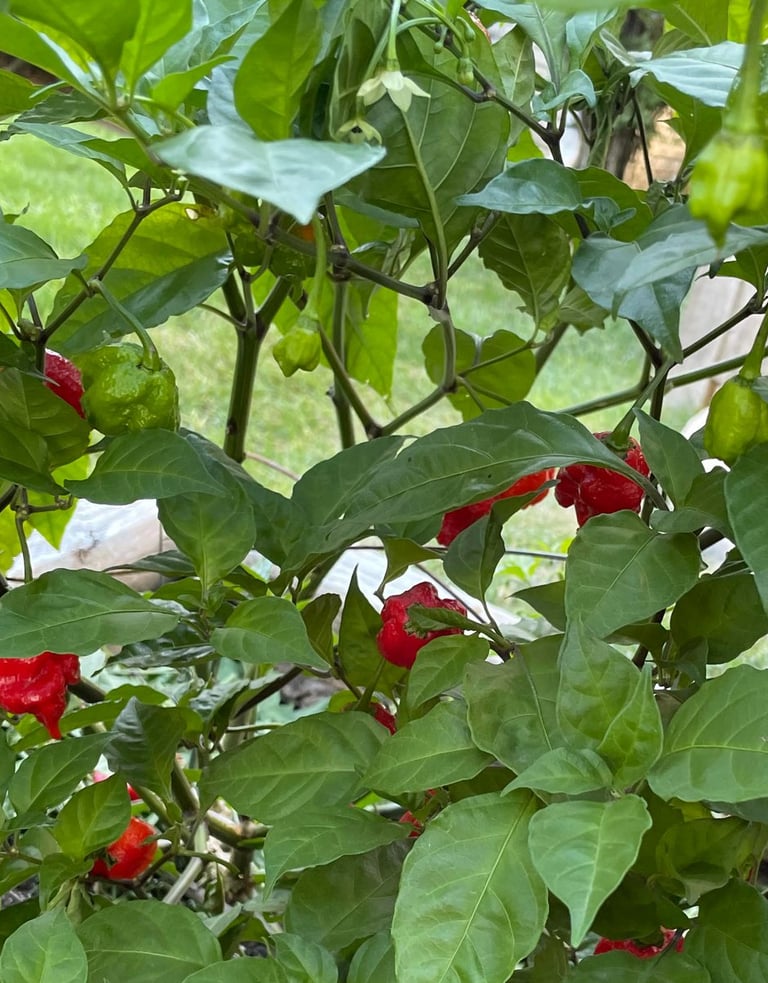

Hot Hungarian Wax Pepper
Fish Pepper
Carolina Reaper Peppers
Crafting bold flavors for your culinary adventures.
Contact us
flavorchainpeppers@gmail.com
© 2025. All rights reserved.
Flavor Chain Peppers, LLC
Flavor Chain Peppers, LLC
C/O Share a Kitchen, LLC
1020 W. Devon Ave. Elk Grove Village, IL 60007
Hours
Pick up in Elk Grove Village or Des Plaines, weekdays: 9 AM - 5 PM, by appointment only.
